What Is Spinal Stenosis?
Spinal stenosis is the narrowing of the spinal canal. The narrowing of the canal can cause pressure on the spinal nerves and most commonly occurs in the neck and lower back. It is commonly a result of spinal degeneration, but can be triggered by an accident or other injury.

There are 2 types of Spinal Stenosis:
- Lumbar Stenosis—This is in the lower part of the back
- Cervical Stenosis—This is in the neck
It is possible to have stenosis in another area of the body, have one area affecting another, or have multiple kinds of stenosis. Most people have one kind or the other.
Symptoms of Lumbar Stenosis may include:
- Difficulty walking
- Pain in the low back
- Numbness, weakness, or pain in the legs or feet
- Muscle cramping
- Abnormal bowel/and or bladder function
Symptoms of Cervical Stenosis may include:
- Difficulty walking (due to balance problems)
- Pain in the neck
- Numbness, weakness, or pain in the arms or hands
- Muscle cramping
Before You Consider Surgery—Here are 2 Questions To Ask Your Chiropractor About Spinal Stenosis:
1. How can a chiropractor help Spinal Stenosis?
Spinal Stenosis is a condition that cannot be, “cured”. However, before you consider surgery ,consider that it can be effectively improved with chiropractic care and that progress can be maintained. Misalignments in the spinal column can aggravate the condition. A chiropractor can help correct these issues through adjustments and relieve some of the stress on the nerves.
In mild to moderate cases of spinal stenosis, chiropractic can be an effect and non-invasive treatment option. Chiropractic care for spinal stenosis can help increase joint mobility and decrease pain. Many that have spinal stenosis become less active in an effort to prevent more pain, but inactivity can lead to muscle weakness which actually increases the pain. Home exercises to help improve flexibility and mobility may also be recommended to stretch and strengthen the back muscles.
Other treatments that may be recommended to help you manage your spinal stenosis symptoms include:
- Massage
- Acupuncture
- Decompression Therapy
- Inferential Therapy
2. How long before the pain is relieved for Spinal Stenosis?
Most patients state that there is a 50% reduction in pain during their first chiropractic treatment. Everyone responds differently to care, but most saw the benefits and continued with care even 2 years later. Pain relief reduction depends on many factors including other health conditions, health history, how advanced the Spinal Stenosis is, the activity level or the patient, the patient’s age, and more.
Want to know if a chiropractor could help you manage your Spinal Stenosis? Or looking for an alternative pain relief to surgery and medication? Schedule an appointment today for a personalized health evaluation and plan.

